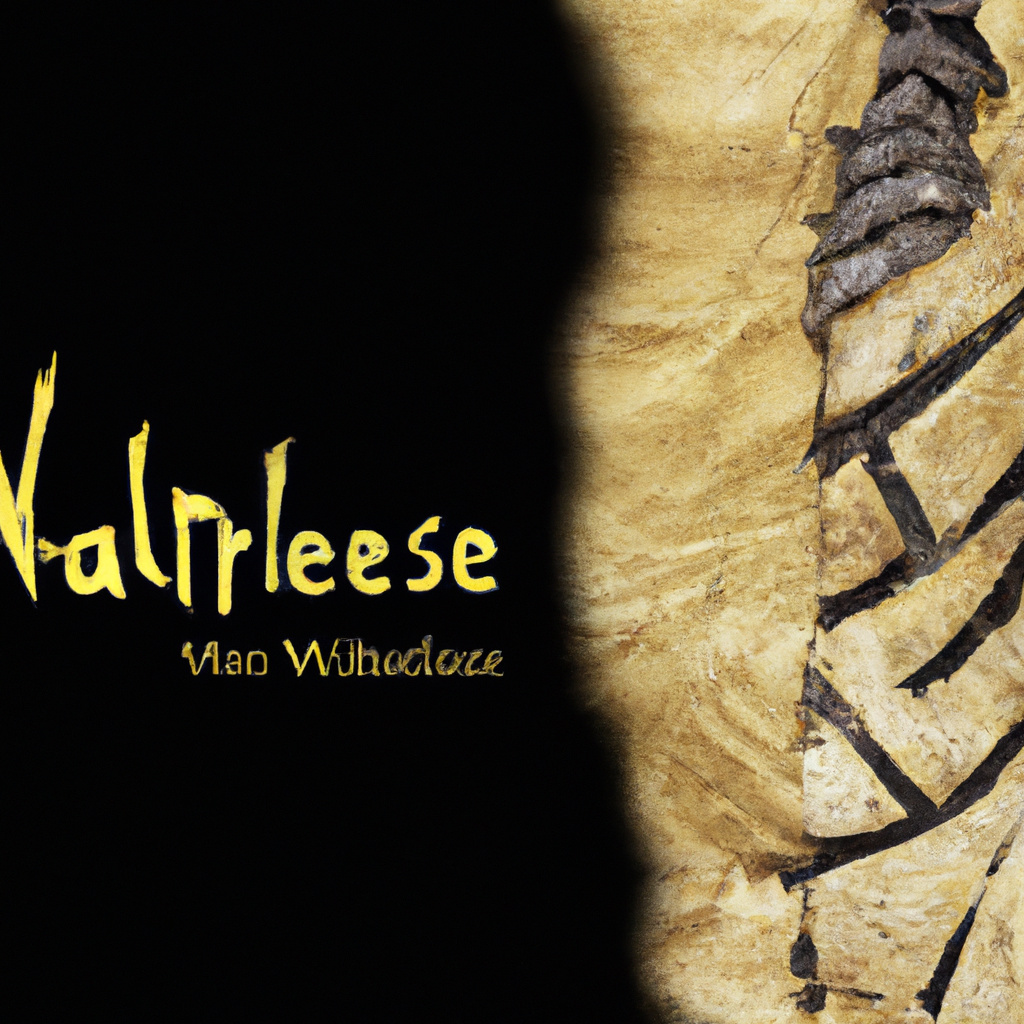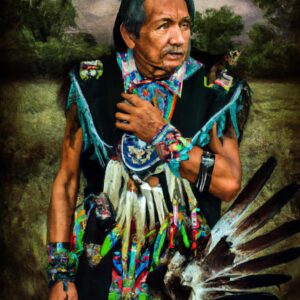– **Using Animal Hides: Integrating Skins into Shelter Designs**
Introduction
For centuries, the Apache people have demonstrated a profound connection with their natural surroundings, especially through their innovative use of animal hides. These hides served multiple purposes, from clothing to shelter, embodying a sustainable approach to living. In today’s world, revisiting these ancient practices provides valuable insights into eco-friendly shelter design.
Integrating animal skins into modern shelters not only preserves cultural heritage but also promotes sustainability. By utilizing natural resources responsibly, we can create functional and aesthetically pleasing living spaces. This practice minimizes environmental impact and fosters a deeper appreciation for indigenous knowledge.
As we explore the principles derived from Apache wisdom, the incorporation of animal hides into shelters reveals a harmonious blend of practicality and tradition. The resilience and adaptability of animal skins make them an excellent material for various aspects of construction. This integration showcases the potential for innovative design inspired by age-old techniques.
“To live in harmony with nature is to respect and utilize its gifts without exploitation.” – Apache Proverb
History
Incorporating animal hides into shelter designs is a practice traced back to many indigenous cultures, including that of the Apache. For centuries, the Apache used the materials available in their environment to create durable and comfortable living spaces. The use of animal skins was not only practical but also deeply intertwined with their cultural beliefs and practices.
The Apache were known for their expertise in utilizing every part of the animals they hunted. Animal hides were particularly valuable for their versatility and durability. These hides were used to cover frames of wooden structures, providing insulation and protection from the elements, making shelters more sustainable and efficient.
The wind and the earth resound with the wisdom of our ancestors; from the hides of the beasts, we build our homes. – Apache saying
Throughout history, the art of using animal hides has evolved, but the fundamental principles remain grounded in respect for nature and resourcefulness. The methods perfected by the Apache continue to inspire modern sustainable and eco-friendly shelter designs. Utilizing animal hides connects modern practices with ancient traditions, honoring the wisdom passed down through generations.
An Apache story
The Apache people have a profound understanding of nature, which extends to their innovative use of animal hides in shelter construction. Their wisdom, passed down through generations, reveals a harmonious relationship with their environment. Animal hides provided not just protection but also a spiritual connection to the nature around them.
One traditional Apache story tells of a time when the tribe sought refuge from harsh weather conditions. Elders advised using buffalo hides to create tepees that could withstand strong winds and rain. This advice was rooted in centuries of observation and experience, demonstrating the value of integrating natural materials for practical and spiritual purposes.
“The buffalo hides were like the skin of the Earth, protecting us from the elements while keeping us connected to the spirit of the animal,”
told by an Apache elder. This story reflects the deep respect and understanding the Apache have for the animals and their environment. Through these practices, they teach us the importance of sustainability and living in harmony with nature.
The fire crackled under the wide-open sky, stars glinting like promises. Elder Nantan sat with the village children, his eyes reflecting both the flames and years of wisdom.
“Gather close,” Nantan began, his voice soft yet strong like the wind through pine branches. “This is a tale of our ancestors, and how they lived in harmony with the world around them.”
As the children leaned in, he continued, “Long ago, there was a young hunter named Kuwa. He lived in a time when the Buffalo roamed the plains in vast numbers, providing our people with food, tools, and shelter. One harsh winter, the snow fell endlessly. The icy winds bit at the hearts of our people, and warmth was a scarce treasure.”
Elder Nantan paused, letting the crackle of the fire enhance the suspense. “Kuwa knew the importance of the Buffalo hides not just for clothing but for survival. He had an idea that defied convention. ‘We can use these hides for more than clothing,’ he told the village elder. ‘We can integrate them into our shelters to keep the biting wind at bay.'”
The children murmured, imagining the scene. “The elder, wise but cautious, replied, ‘It has never been done. But you, Kuwa, are young and your spirit is strong. Show us the way.’
“Night after night, Kuwa worked tirelessly, lashing the hides onto the wooden frames of the shelters. Each stitch was a prayer to the buffalo spirits, a plea for warmth and safety. As the wind howled outside, the hides stood firm. The village found new warmth in the heart of their homes.”
One of the children, little Awan, piped up, “Did they survive the winter, Elder Nantan?”
The elder’s eyes sparkled. “Yes, my child. Not only did they survive, but they thrived. The hides taught us that in unity, strength is found. Kuwa’s innovation became a tradition, and our connection with the buffalo deepened.”
Nantan’s voice softened, carrying the weight of the lesson. “Remember, children, that everything around us has a purpose. The Buffalo gave more than its flesh and
Implementing it in your life
Implementing the use of animal hides in modern shelter designs can connect us to ancient wisdom and sustainable living practices. By understanding and embracing the Apache techniques, we can integrate natural materials into our homes, enhancing their functionality and environmental harmony. Start by researching traditional methods and observing how they can be adapted to contemporary needs without compromising the integrity of the materials.
Animal hides are versatile and durable, making them excellent for insulation, roofing, and even interior decor. To incorporate these into your shelter, assess your environmental conditions and determine where the hides can add the most benefit. Whether in a rural cabin or an urban home, these natural materials can improve your living space while honoring Apache craftsmanship and ecological balance.
- Source ethically and sustainably acquired animal hides.
- Learn the basic techniques of tanning and preparing hides for use.
- Design areas in your shelter where hides can act as insulation or weatherproofing.
- Use hides as functional decor items, such as rugs, wall hangings, or covers for furniture.
- Maintain and care for the hides to ensure their longevity and effectiveness.
- Share your practices and knowledge with your community to promote sustainable living.
- Continuously seek ways to innovate and adapt these materials to modern architecture.
By following these steps, you gain a deeper appreciation for natural resources and traditional wisdom. Engaging with these practices can lead to personal growth, fostering creativity and a stronger connection to the environment. This journey toward sustainability and respect for ancient methods enriches your life and contributes positively to broader ecological efforts.
As you integrate animal hides into your shelter design, you not only improve your living space but also cultivate a mindful approach to resource usage. This implementation encourages a lifestyle that values tradition, sustainability, and innovation, paving the way for a more harmonious existence with nature.
Conclusion
Incorporating animal hides into shelter designs, inspired by Apache wisdom, offers valuable insights into creating sustainable and adaptable living spaces. The Apache demonstrated an intimate understanding of their environment, utilizing natural materials to build shelters that withstand various weather conditions while maintaining a minimal ecological footprint. Modern applications of these techniques can enhance contemporary architecture with environmentally-friendly solutions and cultural depth.
Drawing on traditional knowledge, modern designers can explore the myriad benefits of using animal hides, from insulation to durability and aesthetic appeal. Embracing these age-old practices not only honors indigenous wisdom but also pioneers innovative approaches to sustainable living. The integration of these methods can lead to more resilient and harmonious shelters that are in tune with nature.
By revisiting and respecting the sustainable practices of the Apache, we can learn to create shelter designs that are both functional and ecologically responsible. Implementing these techniques in modern design calls for a deliberate effort to understand and adapt ancient wisdom to today’s architectural challenges. Let’s take a step towards a greener future by thoughtfully integrating the natural world into our shelter designs.
“The greatness of a community is most accurately measured by the compassionate actions of its members.” — Coretta Scott King
The image and article have been augmented with AI.
Further Study:
- What is the significance of the bow and arrow in Apache spiritual symbolism?
- How do Apache people incorporate spiritual practices into their approach to art and creativity?
- What is the importance of the concept of harmony in Apache spirituality?
- How do Apache spiritual practices influence their concept of wisdom and knowledge?
- What is the importance of silence and solitude in Apache spiritual practices?
- What is the role of the spirit world in Apache spiritual beliefs?
- How do Apache people incorporate spiritual practices into their approach to sports and physical activities?
Thank you for reading!







